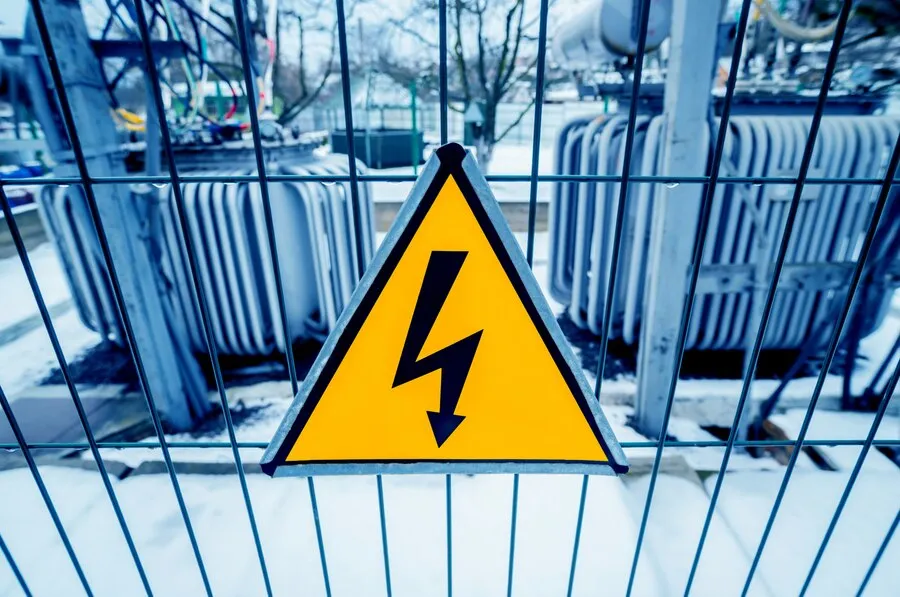Fluid electrical hazards pose significant risks in industrial and commercial facilities. For maintenance staff, understanding these hazards, identifying risks, and implementing preventive measures is paramount to ensuring a safe working environment. This blog post delves into the various aspects of fluid electrical hazards, offering practical advice on how to recognize and mitigate these dangers.
Understanding Fluid Electrical Hazards
Fluid electrical hazards occur when liquids come into contact with electrical systems, leading to potential malfunctions, short circuits, and even fires or explosions. Common fluids that pose such risks include water, chemicals, oils, and other conductive liquids. These hazards can arise from leaks, spills, or condensation, making it essential for maintenance staff to be vigilant and proactive.
Common Sources of Fluid Electrical Hazards
- Leaks and Spills: Equipment malfunctions, damaged pipes, and human error can result in leaks and spills of conductive fluids.
- Condensation: In environments with varying temperatures, condensation can accumulate on electrical components, creating potential hazards.
- Flooding: Natural disasters or plumbing failures can lead to flooding, which poses a significant threat to electrical systems.
Identifying Risks
Identifying the risks associated with fluid electrical hazards is the first step in preventing accidents. Here are key areas to focus on:
Electrical Panel Rooms
Electrical panels and switchgear are particularly vulnerable to fluid hazards. Ensure these rooms are well-sealed against moisture and regularly inspected for leaks or signs of condensation.
Equipment Maintenance
Regularly inspect equipment for signs of fluid leaks. Pay special attention to hydraulic systems, cooling systems, and any machinery that uses or processes fluids.
Storage Areas
Fluids stored near electrical systems can pose significant risks if not properly contained. Ensure all storage containers are in good condition and that spill containment measures are in place.
Work Areas
In areas where fluids are frequently used or transported, such as workshops or production floors, establish clear protocols for handling spills and leaks.
The Role of Industrial Construction Companies
Industrial construction companies play a crucial role in mitigating fluid electrical hazards within facilities. Their expertise in building and maintaining infrastructure ensures that electrical systems are properly protected from fluid exposure from the outset. These companies design and construct facilities with integrated safety features such as sealed electrical rooms, robust drainage systems, and protective barriers around sensitive electrical equipment.
Additionally, these companies often provide ongoing maintenance services, including regular inspections and updates to facility layouts in response to evolving safety standards. By partnering with a reputable industrial construction company, facility owners can significantly reduce the risk of fluid electrical hazards and create a safer working environment for maintenance staff.
Preventive Measures
Preventing fluid electrical hazards involves a combination of regular maintenance, proper training, and the use of appropriate protective measures.
Regular Inspections and Maintenance
- Routine Checks: Regularly inspect all equipment and electrical systems for signs of fluid leaks, corrosion, or damage.
- Preventive Maintenance: Implement a preventive maintenance schedule to ensure all systems are in good working order and to address potential issues before they become hazards.
Proper Training
- Staff Training: Train maintenance staff on the identification of fluid electrical hazards and the correct procedures for addressing them.
- Emergency Preparedness: Ensure staff are trained on emergency response procedures in the event of a fluid-related electrical incident.
Protective Measures
- Sealing and Containment: Use waterproof seals and barriers to protect electrical components from potential fluid exposure.
- Safety Equipment: Provide appropriate personal protective equipment (PPE) for staff working in areas where fluid hazards are present.
- Leak Detection Systems: Install leak detection systems to provide early warnings of potential fluid hazards.
Emergency Response Plan
Develop and regularly update an emergency response plan that includes specific procedures for dealing with fluid electrical hazards. Ensure all staff are familiar with the plan and conduct regular drills to reinforce their knowledge.
Proper Signage and Labeling
Clearly label all containers and areas where fluids are stored or used. Use appropriate signage to alert staff to potential hazards and safe handling procedures.
Use of Non-Conductive Fluids
Where possible, replace conductive fluids with non-conductive alternatives to reduce the risk of electrical hazards.
Also Read: Top 6 Essential Maintenance Cleaning Tasks for a Spotless Home
Final Thought
Fluid electrical hazards present significant risks to facility maintenance staff and require diligent attention and preventive measures to mitigate. By understanding the sources of these hazards, regularly inspecting and maintaining equipment, providing proper training, and implementing protective measures, facility maintenance staff can create a safer working environment. Remember, prevention is always better than response, and a proactive approach to managing fluid electrical hazards will go a long way in ensuring the safety and efficiency of your facility.
By following these guidelines, facility maintenance staff can effectively manage fluid electrical hazards, ensuring a safer workplace and preventing costly accidents. Regular maintenance, proper training, and the implementation of protective measures are key to mitigating these risks and maintaining a secure and efficient facility.

